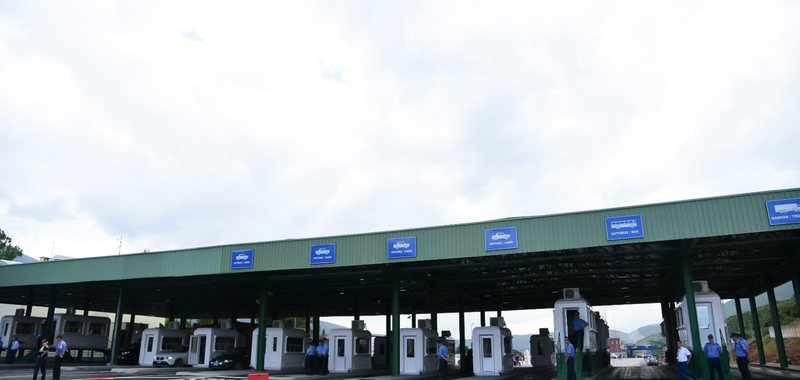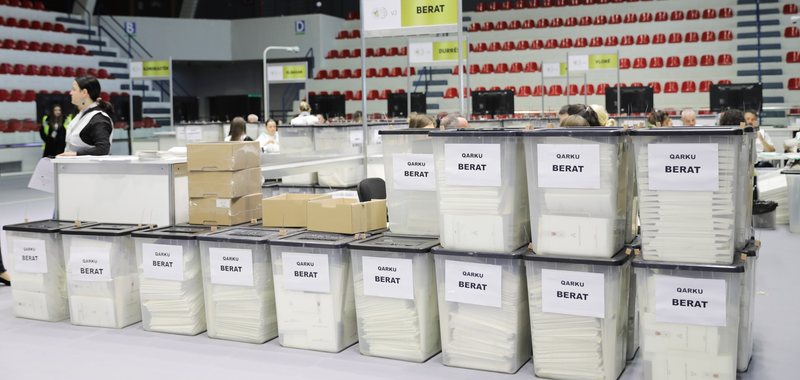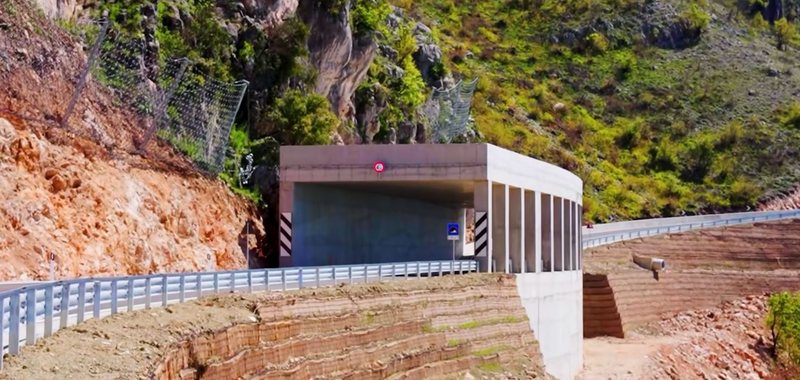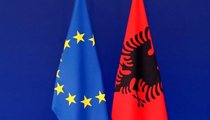How many shocks did the exchange rate experience in 2024? - IMF: The size of interventions in the foreign exchange market, as much as 2.6% of GDP

The International Monetary Fund suggests to Albania that in order to stabilize the exchange rate and keep inflation under control through the latter, the Central Bank should not rely solely on interventions in the foreign exchange market, but should also play with interest rate policy.
In a recently published document, the International Monetary Fund (IMF) describes Albania as a small, emerging market economy with a floating exchange rate regime that aims to keep inflation under control. As a result of strong macroeconomic performance and a tourism boom, the lek has been on a steady appreciation trend against the euro. To curb appreciation pressures, the Bank of Albania has intervened in the foreign exchange market, with the size of interventions during the first nine months of 2024 reaching 2.6% of nominal Gross Domestic Product (GDP) in 2023, almost three times the amount in the same period in 2023.
According to the IMF, the share of loans not hedged by exchange rates has fallen from 50% of total loans in 2014 to around 25% in 2024. Despite this decline, the International Monetary Fund emphasizes that the real estate sector continues to pose a risk, once again calling for a curb on loans granted for real estate. This sector accounted for two-thirds of loans not hedged by exchange rates in 2024.
The International Monetary Fund highlights that the exchange rate experiences two types of shocks, a fundamental shock from the tourism boom and a non-fundamental shock from sudden cash inflows, as a result of changing investor behavior.
While recent assessments suggest that exchange rate fluctuations may be transmitted to inflation, inflation expectations appear well anchored. The IMF also states that monetary policy can support a sustained return of inflation to target, without the need for intervention in the foreign exchange market.
Monetary policy appears to be an appropriate tool to cushion exchange rate shocks from tourist inflows. Therefore, there is a case for additional easing of interest rate policy. In this alternative scenario, additional policy rate cuts are assumed for simplicity to compensate for the appreciation of the lek. As a result, the output gap narrows and inflation moves closer to target, avoiding volatile interest rate movements.

"Stablecoins, more dangerous than tariffs" - Italian minister stresses the need for the creation of a digital euro
The United States' policy on stablecoins offers European citizens an attractive payment method for cross-border transactions, which should cause more concern......

Asset declaration, over 2200 fines for senior officials - In 10 years, 594 declaring entities end up in the Prosecutor's Office
Senior public officials continue to have problems and inaccuracies in declaring their assets. In fulfilling the objectives of its activity, related to the......

Energy prices rise in Kosovo - Regulatory Office approves average increase of 16.1%
The Energy Regulatory Office in Kosovo has approved new variable tariffs, which are on average 16.1 percent higher than the current ones. With 5 votes in......

Entry and exit at border points are facilitated - Customs Code changes, simpler procedures for businesses
The government has initiated legal amendments to the Albanian Customs Code, which aim to clarify, supplement, refine and harmonize several provisions, with......

"Exempt poor countries from reciprocal tariffs" - UN: Measures would cause great damage to their economies
The UN Trade and Development Agency has urged the US to exempt the world's poorest and smallest countries from reciprocal tariffs. The agency warned that......

Exchange rate/ Significant decline for major currencies!
The US dollar has fallen again this morning after yesterday's recovery, being bought at 87 lek and being sold at 88.5 lek according to the local exchange......

Emigrant vote/CEC: Over 87 thousand envelopes sent to six countries so far!
The Central Election Commission has begun distributing ballots to Albanians living abroad who have registered to participate in the May 11 parliamentary......

The Shëngjin-Velipoja axis ends/Rama: Added value for tourism in the north of the country!
Prime Minister Edi Rama this morning shared a video with views of the new road axis, now completed, Shëngjin-Velipoja, describing it as an added value for......




















